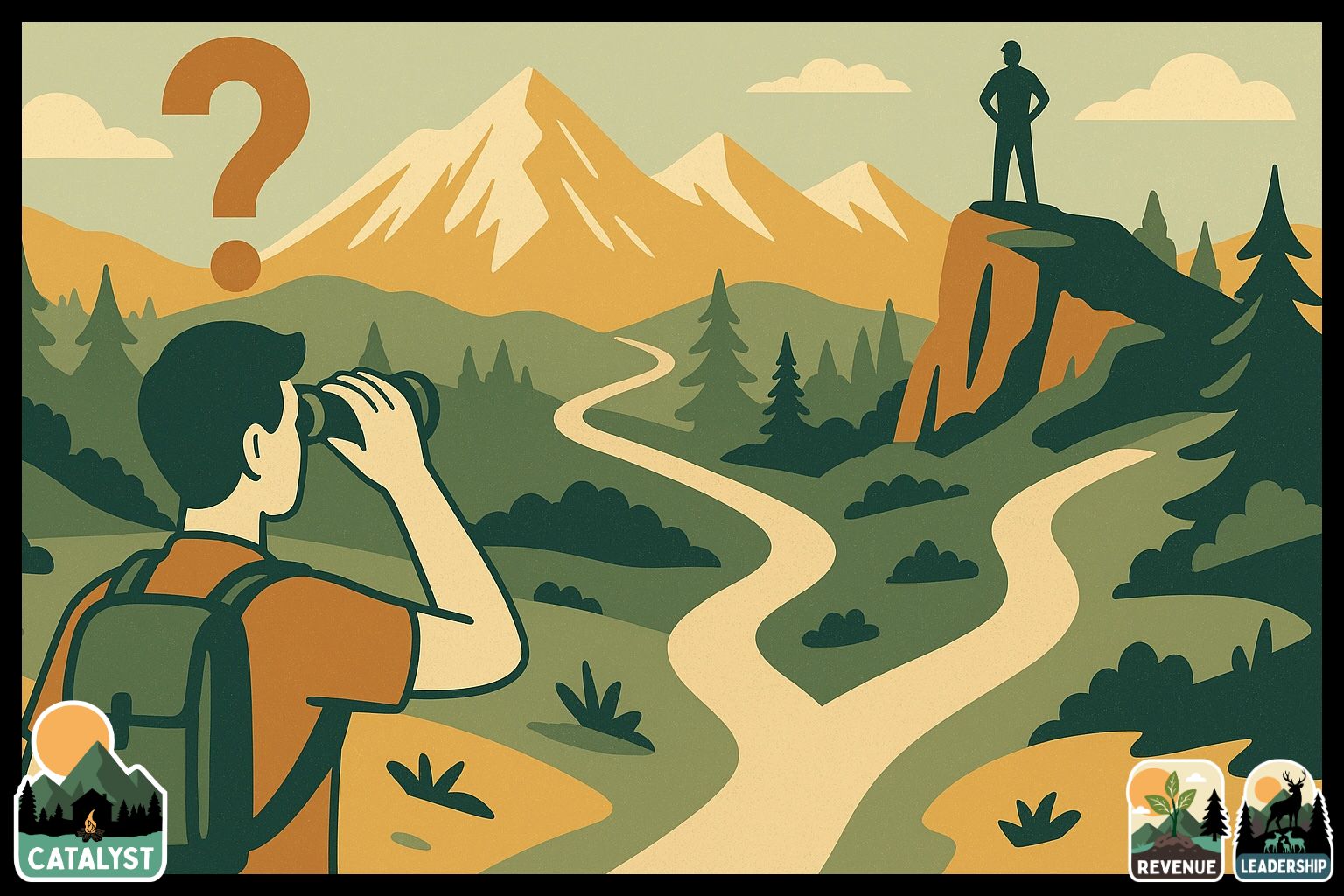
Trailhead Thoughts
“There’s no use talking about the problem unless you talk about the solution.”
- Betty Williams

Trail Map - Learn. Think. Act. ™
From Problem to Progress
When you hit a roadblock, it’s tempting to jump straight from “We have a problem” to “Here’s how we fix it.” The problem? Skipping steps often means we solve the wrong thing or solve it in a way that doesn’t stick.
Instead, think of problem-solving like following a map. Each stop helps you gather the information you need before moving forward.
📚Learn
What - Name the problem in clear, simple language. No jargon.
Who - Identify the people who have the problem, are impacted by it, and care about those affected.
Why - Ask two why’s: Why does it keep happening? (root cause) and Why is it worth solving? (value.)
How - Look at the current approach. Is it working? What could be better?
When - Know your timeline. Is it urgent or can it wait?
Plan - Break it down into short-, medium-, and long-term actions so momentum never stalls.
🤔Think
When was the last time you paused to understand the “who” and “why” before brainstorming solutions?
How might your outcomes change if you always took that pause?
💪 Act
Before you fix your next problem, walk through each step. It doesn’t have to take hours - even five minutes of intentional mapping can make your solution stronger and longer lasting.
